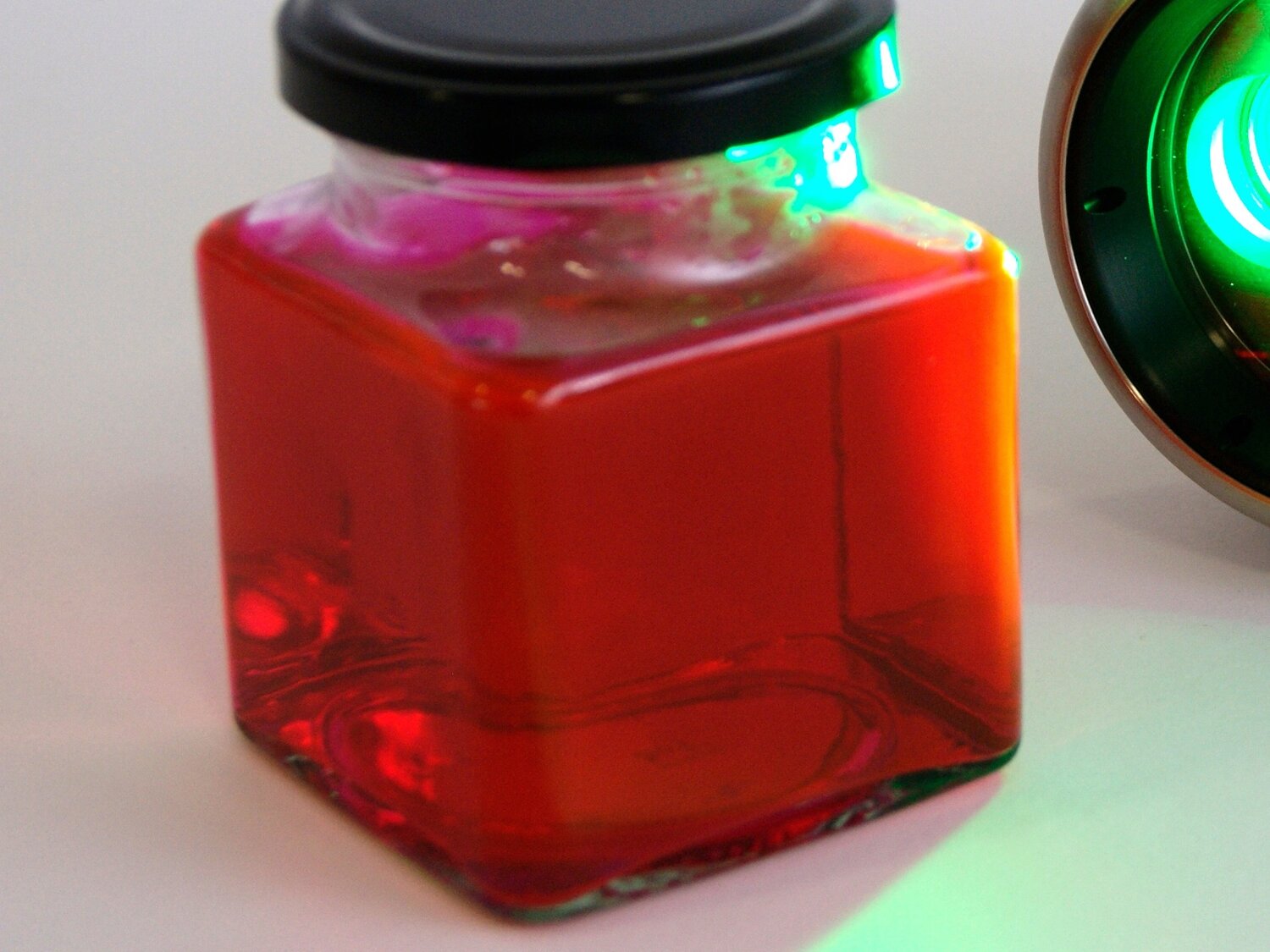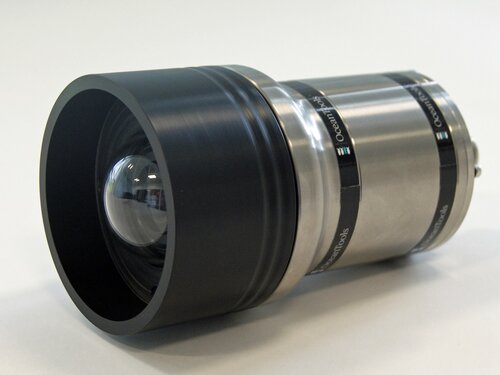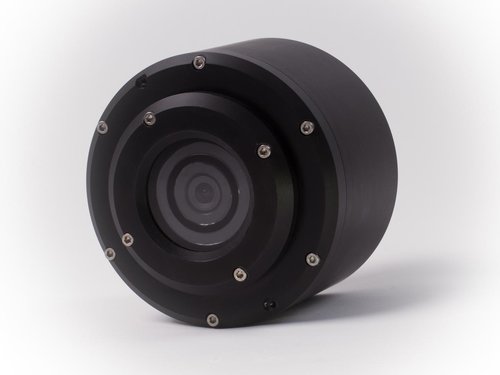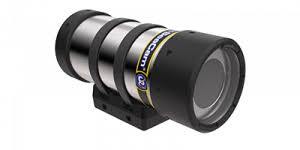BlueZone partners with over 50
world-leading original equipment
manufacturers and systems providers
C-Dye 530
Rhodamine leak tracing dye
OceanTools C-Dye 530 has been specially formulated to give outstanding results when detecting leaks in a variety of subsea environments including pipelines, risers and subsea control systems.
-
C-Dye 530 may be added to water at a suggested dosage of 200ppm or 0.02%
-
C-Dye 530 may be added to control fluids at a suggested dosage of 250ppm or 0.025%
-
C-Dye 530 may be added to cement at a suggested dosage of 0.33gal/bbl or 1.25l/bbl or around 0.8%
The dye may be added directly to the cement or seawater spacer during cementing operations, or even a barite spacer if the dye concentration is increased. It should not be added to spacers containing bentonitic materials, as they cloak the dye.
C-Dye 530 is registered with CEFAS in the UK (OCNS Class E) and the Netherlands (HMCS Pre-screening Category R) with no substitution warning. It holds Yellow classification in Norway, is registered for use in Denmark, and has also been successfully EPA/OSHA tested for use in the US. Few other dyes meet this very high level of environmental acceptance.
Key Features:
-
Formulated for subsea leak detection
-
Use in cement, seawater or fresh water
-
Excellent environmental credentials
OceanTools C-Dye 530 Safety Data Sheet
For more information about OceanTools C-Dye 530, Contact the team at BlueZone.
Key Features
Up to 25-hour mission duration
Speeds up to 4.2 knots
Increased module payload capacity
Search and recovery
Hydrography
Deep sea mineral exploration
Marine & Fisheries research
Product Enquiry
Related products
The C5 camera has been designed to provide high resolution and high contrast monochrome video whilst operating in extremely low light level underwater conditions. The cost-effective camera is equipped with...
Read moreThe C4 range of cost-effective underwater Internet Protocol cameras capture colour HD (including 1080p) video in low light level conditions. It has rapidly become established as the IP camera of...
Read moreDeepSea's HD Zoom SeaCam has a 30x optical zoom capability, faceplate illumination of 0.024 Lux, and high-quality HD-SDI 1080p/30 video output. Options include a titanium or an aluminum housing.
Read moreRelated Articles
Ahead of the Tide: A Year of Milestones and Momentum- A Letter from the Director
By Neil Hodges, Managing Director, BlueZone Group As 2025 draws to a close, it’s a moment to reflect on a year that has been nothing short of transformative for...
Read MoreGlobal Journeys, Fresh Faces and Capability Growth That Sets the Stage for the Future For BlueZone Group, 2025 has been nothing short of transformative — a year defined by...
Read MoreSafer Summers: Innovation Beneath the Waves with ArtemisSAR and StarFish
The Advanced Sonar Systems Giving Surf Life Savers the Tools to Protect Lives with Greater Speed, Safety, and Confidence As we turn the page into Aussie summer, the rhythm...
Read More



